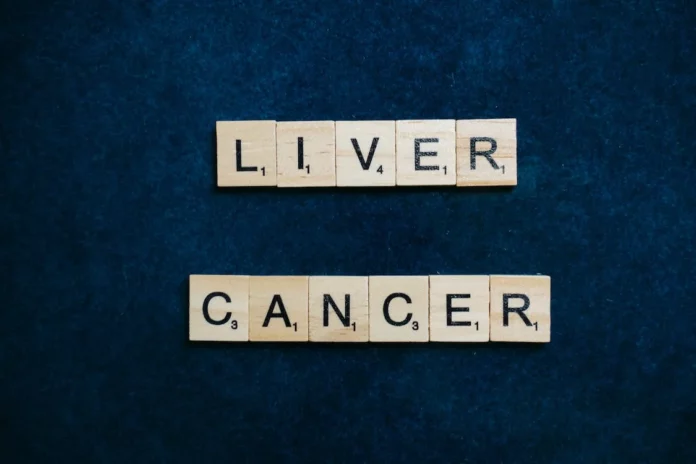Fibrolamellar carcinoma is a rare and lethal cancer of the liver, which harms young adults. Moreover, surgery can remove the tumour, however, no therapies exist to reign cancer when it starts spreading to the body.
A new study now demonstrates the need for a specific kind of mutation for fibrolamellar tumours to thrive. Moreover, impeding that mutated oncogene decreases the growth of tumours in mice. The findings of this research were published in Clinical Cancer Research. The research highlights the promising drug target for intractable disease, leading to novel therapies.
The first author of the study, Christopher Neumayer said,
This mutation not only initiates the tumour but drives it forward—the tumour is essentially addicted to it,
He further added,
We’ve found the perfect drug target.
The study started based on Simon’s daughter who was diagnosed with fibrolamellar carcinoma when she was twelve. Moreover, she collaborated with her father in 2014 to sequence the genes of the tumour. Nevertheless, one mutation was common with every patient and stood out.
Sanford Simon said,
The genomes were extremely clean with one exception—a mutation that fused two genes together, known as a fusion oncogene,
Moreover, they later fused this oncogene in mice and demonstrated that it can cause the tumour to grow
The tumour in mice looked exactly like the tumour in humans,
Simon further added,
By 2017, we knew that this fusion gene was all we needed to trigger cancer.
However, it remained unclear whether fusion genes make a good drug target. Particularly this oncogene being “undruggable” according to the drug developers. Moreover, the oncogene DNA is slightly different in every patient, but the DNA protein is the same, which is like a healthy protein. Hence, a therapy aimed at oncogene DNA would miss the mark and that aimed at protein may harm the whole body.
To get around this, Neumayer targeted the oncogene’s mRNA, which is an intermediary between DNA and protein. This mRNA is abnormal in all patients alike. However, it is different from a healthy mRNA, which a drug can target without collateral damage. Despite this, concerns remained if the tumour-in-progress would continue to grow without an oncogene.
Neumayer further said,
Just because an oncogene initiates a tumour doesn’t mean that oncogene is a good drug target, or necessary for tumour growth,
We needed to first figure out whether fibrolamellar tumour cells would die if we removed the oncogene—or just mutate and escape.
However, there is still hope so they set to target the oncogene behind fibrolamellar, known as DNAJB1-PRKACA to see if tumour growth will be reduced in mice. Particularly, shRNA had proven to be most effective against the oncogene. When it was used to treat fibrolamellar tumours in mice, it stopped the growth completely.
Simon said,
This shows that the fusion oncogene is not only needed to trigger fibrolamellar but also to maintain its growth—if you get rid of the gene, the tumour cells die,
Targeting the fusion gene could therefore be a powerful approach to treating this cancer, as well as other cancers driven by fusion genes.” Indeed, many pediatric cancers (some of which are considered undruggable) involve similarly ubiquitous mutations that fuse two genes together.
Neumayer further added that the team is working towards refining the shRNA into a molecule that resembles drugs.
We have really good preliminary results,
And if we show that targeting mRNA works in fibrolamellar, that may inspire others to go after fusion genes that drive other cancers, too.




